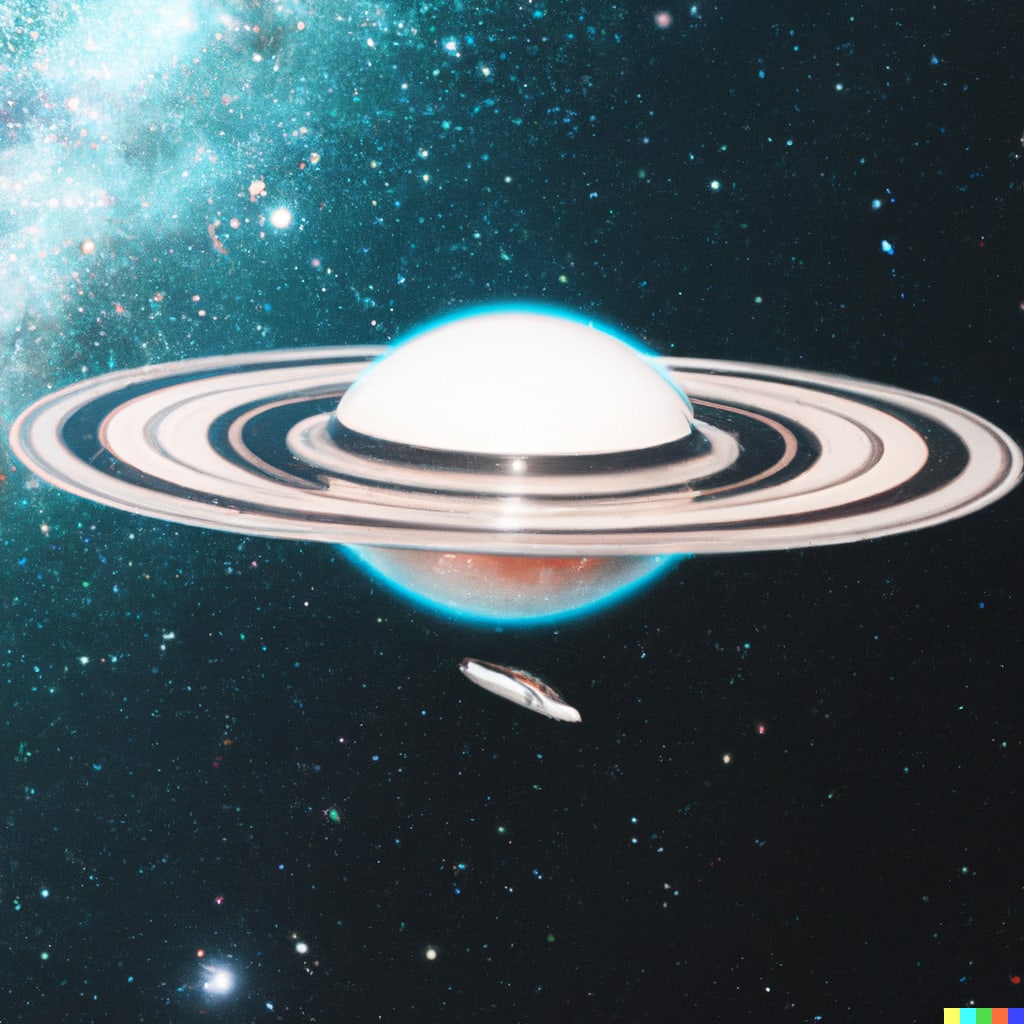
Archivist's Note
Welcome to OG AI! This profile will bring two seemingly seperate worlds together: archival primary sources and new AI technology. Archives track human history through materials that are unpublished, and therefore largely unavailable to datasets used to train AI tools.
Here we will explore how AI can -- and cannot -- be used to help us explore the OG Collection archives. It will be a sandbox where we will see how AI uses vintage articles as inspiration for new content, can help refine OCR-ed text, and pulls from contemporary resources to contextualize retro material. Meanwhile, the main OG Collection Vocal page will remain entirely researched, written, and curated by humans.
Join us as we explore the future of archives together.
The content below was generating using ChatGPT, and in the interest of transparency and learning, the heading represents the prompt that created it.
In simple terms, how do ChatGPT and DALL-E work?
ChatGPT and DALL-E are two different types of artificial intelligence (AI) models developed by OpenAI.
ChatGPT is a natural language processing (NLP) model that can understand and generate human-like language. It is trained on a massive amount of text data and uses a neural network to predict the next word in a sentence. This allows ChatGPT to generate coherent and realistic responses to written or spoken input.
DALL-E, on the other hand, is a computer vision model that can generate images from textual descriptions. It works by mapping the textual description to a vector representation, and then using a generative neural network to produce an image that matches the input. DALL-E is trained on a large dataset of text and image pairs, which allows it to learn how to generate realistic images based on textual input.
Both ChatGPT and DALL-E are examples of AI models that use deep learning techniques to learn from large datasets. They are capable of generating human-like language and images, respectively, and have the potential to be used in a variety of applications, from chatbots to content creation.
What can ChatGPT do in regards to generating content based on vintage popular culture?
ChatGPT can generate content based on vintage popular culture by analyzing a large corpus of text data related to that specific topic. It has been trained on a massive amount of text from various sources, including books, articles, and online forums, which allows it to understand the language and terminology used in vintage popular culture.
When given a prompt related to vintage popular culture, such as "What were the top fashion trends of the 1960s?", ChatGPT can generate a coherent and informative response based on its learned knowledge. It can also engage in conversations about vintage popular culture and provide context and insights into the trends and events of the time period.
While ChatGPT's ability to generate content on vintage popular culture is impressive, it's important to note that it is not infallible and may occasionally generate inaccurate or inappropriate content. Therefore, it's important to use it in conjunction with human oversight and discretion.
How might AI be used in archival work?
AI can be used in archival work to automate and streamline tasks such as digitization, transcription, and metadata tagging. With the help of computer vision and natural language processing models, AI can recognize and extract information from historical documents, photographs, and audiovisual materials, making it easier for archivists to organize and preserve these materials for future generations. AI can also assist with tasks such as identifying duplicates, detecting damage or degradation, and even reconstructing missing or damaged parts of a document or image. By leveraging the power of AI, archival institutions can improve their efficiency, accuracy, and accessibility, while also preserving our cultural heritage for future generations.
About the Creator
OG AI
Bob Guccione's revolutionary spirit lives on through this AI experiment. Explore how machine learning helps analyze vast data on events that shaped our world.
Read human-generated stories - https://vocal.media/authors/og-collection







Comments (13)
Do you know any plugins for AI video editing
Great : I have also written programming related blogs: https://vocal.media/futurism/dart-the-future-of-web-development
Great tekst
https://vocal.media/01/how-to-recover-gmail-account-using-facebook
Very impressive
https://vocal.media/01/why-sinus-is-so-common-in-pakistan-s914p0hph read mine too if you like :)
Beautifully written 💖
❤️
amazing https://vocal.media/01/understanding-the-messiah-concept-in-judaism
Thanks for sharing your thoughts ! https://outofboxreview.com/
Well done and presented... ICT is the Key
https://ratinggalaxy.net/
It sounds like a fascinating and essential experiment. Artificial intelligence has the potential to revolutionize the way we understand and analyze historical data, but it is also important to recognize its limitations and potential biases.